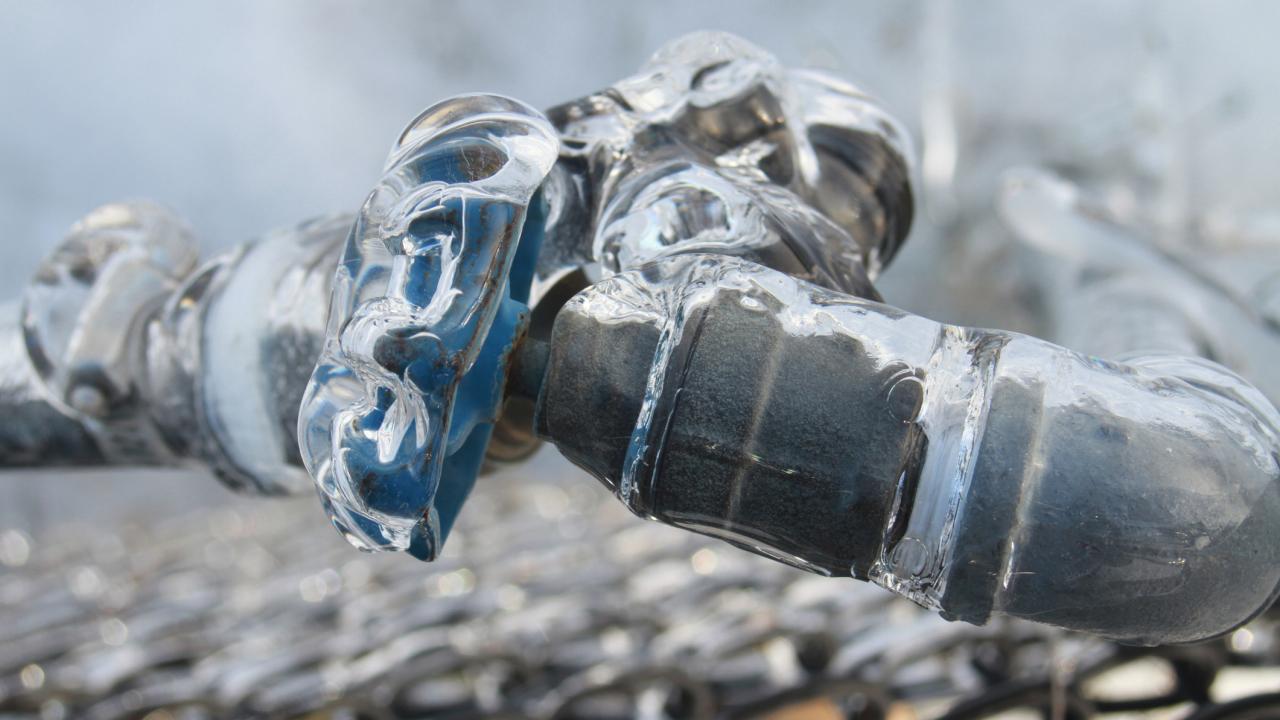The article further down about Helpful Tips to Prevent Frozen Pipes this Winter is definitely insightful. You should give it a look.

Winter can damage your plumbing, particularly by freezing pipelines. Here's just how to avoid it from happening and what to do if it does.
Introduction
As temperature levels decline, the threat of frozen pipes rises, possibly resulting in pricey repairs and water damage. Comprehending how to stop frozen pipes is critical for house owners in cold environments.
Comprehending Icy Pipes
What creates pipes to ice up?
Pipes ice up when subjected to temperatures below 32 ° F (0 ° C) for expanded periods. As water inside the pipelines freezes, it broadens, taxing the pipe walls and possibly causing them to break.
Risks and problems
Icy pipelines can result in water system disturbances, residential property damages, and pricey repairs. Burst pipes can flooding homes and trigger considerable architectural damages.
Indicators of Frozen Pipes
Identifying frozen pipes early can prevent them from bursting.
How to recognize icy pipelines
Seek lowered water circulation from faucets, unusual odors or noises from pipes, and visible frost on subjected pipes.
Prevention Tips
Insulating prone pipes
Cover pipelines in insulation sleeves or utilize warmth tape to shield them from freezing temperatures. Focus on pipelines in unheated or outside areas of the home.
Home heating methods
Maintain interior rooms appropriately heated up, specifically areas with pipes. Open up cabinet doors to enable cozy air to circulate around pipelines under sinks.
Shielding Outdoor Plumbing
Yard hoses and outdoor faucets
Detach and drain pipes yard hoses before wintertime. Mount frost-proof faucets or cover exterior taps with shielded caps.
What to Do If Your Pipes Freeze
Immediate actions to take
If you suspect frozen pipes, keep taps open up to alleviate pressure as the ice thaws. Make use of a hairdryer or towels taken in warm water to thaw pipelines gradually.
Long-Term Solutions
Architectural changes
Consider rerouting pipes away from outside wall surfaces or unheated locations. Include additional insulation to attic rooms, basements, and crawl spaces.
Upgrading insulation
Purchase premium insulation for pipes, attics, and walls. Correct insulation aids preserve constant temperatures and reduces the threat of icy pipes.
Conclusion
Protecting against frozen pipelines needs aggressive measures and quick responses. By comprehending the reasons, indicators, and preventive measures, property owners can protect their pipes during winter.
6 Proven Ways to Prevent Frozen Pipes and Protect Your Home
Disconnect and Drain Garden Hoses
Before winter arrives, start by disconnecting your garden hoses and draining any remaining water. Close the shut-off valves that supply outdoor hose bibs and leave the outdoor faucet open to allow any residual water to drain. For extra protection, consider using faucet covers throughout the colder months. It’s also important to drain water from any sprinkler supply lines following the manufacturer’s directions.
Insulate Exposed Pipes
Insulating your pipes is an effective way to prevent freezing. Pipe insulation is readily available at home improvement stores and is relatively inexpensive. Pay close attention to pipes in unheated areas such as the attic, basement, crawl spaces, or garage. Apply foam insulation generously to create a buffer against the cold. You can also wrap your pipes in heat tape or thermostat-controlled heat cables for added warmth.
Seal Air Leaks
Inspect your home for any cracks or openings that could let in cold air. Seal any holes around the piping in interior or exterior walls, as well as the sill plates where your home rests on its foundation. Additionally, make sure to keep your garage door closed unless you’re entering or exiting. Leaving it open creates a significant air leak that can lead to frozen pipes.
Allow Warm Air Circulation
During cold snaps, it’s essential to allow warm air to circulate evenly throughout your home. Leave interior doors ajar to promote better airflow. Open kitchen and bathroom cabinets to help distribute heat consistently around the rooms. If you have small children or pets, be sure to remove any household chemicals or potentially harmful cleaners from open cabinets for safety.
Let Faucets Drip
A small trickle of water can make a big difference in preventing ice formation inside your pipes. When temperatures drop significantly, start a drip of water from all faucets served by exposed pipes. This continuous flow helps prevent the water from freezing. Additionally, running a few faucets slightly can relieve pressure inside the pipes, reducing the chances of a rupture if the water inside does freeze.
https://choateshvac.com/6-proven-ways-to-prevent-frozen-pipes-and-protect-your-home/
:strip_icc()/snow-outdoor-faucet-pipes-4af65d1e5e904fb1aa7bf74071fe5d89.jpg)
Hopefully you liked our post on Winter Plumbing Precautions: Preventing Frozen Pipes. Thanks for taking time to read our blog. Appreciated our entry? Please quickly share it. Let other people discover it. Many thanks for going through it.
View More